
This Way to the First-Ever Show of Women Sign Painters
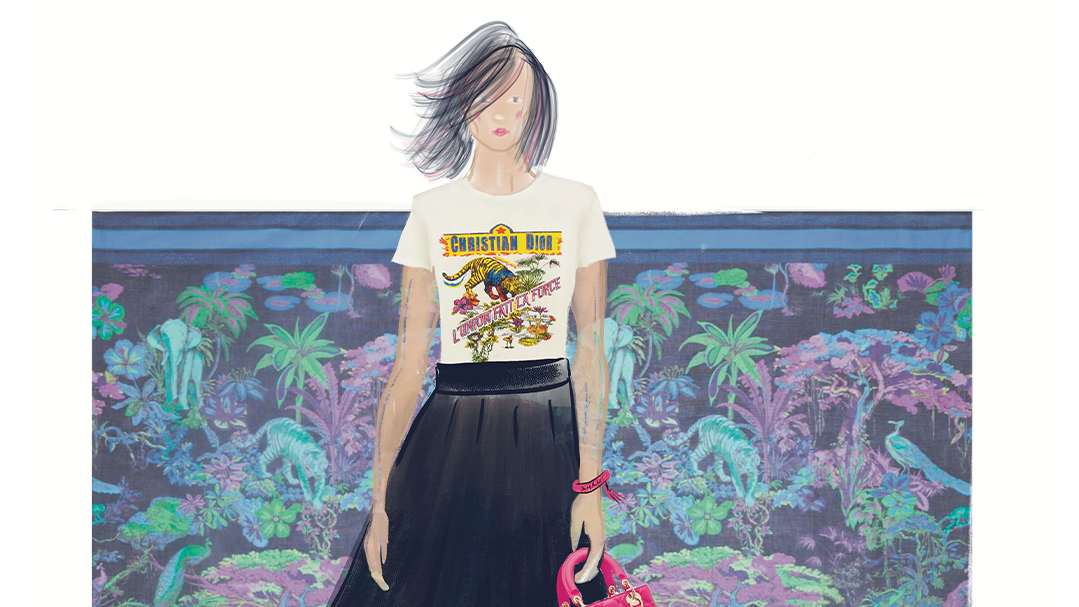
Dior Live Fashion Event Illustration

24 THINKING
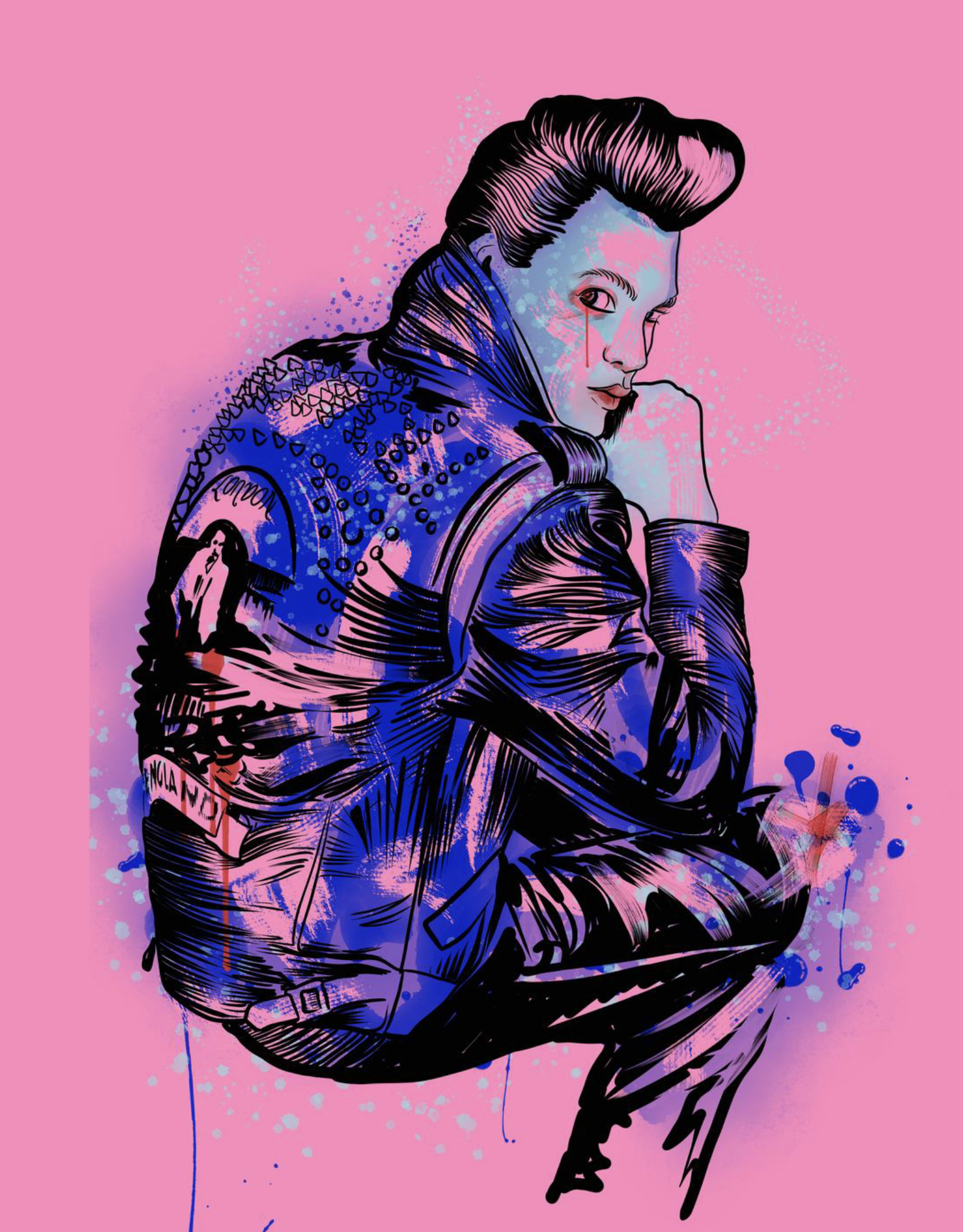
Broadcast Illustrations

Radiant Swans Visual Identity

It doesn´t matter where you go as long as you go somewhere

Limborama

Rebels with a Cause
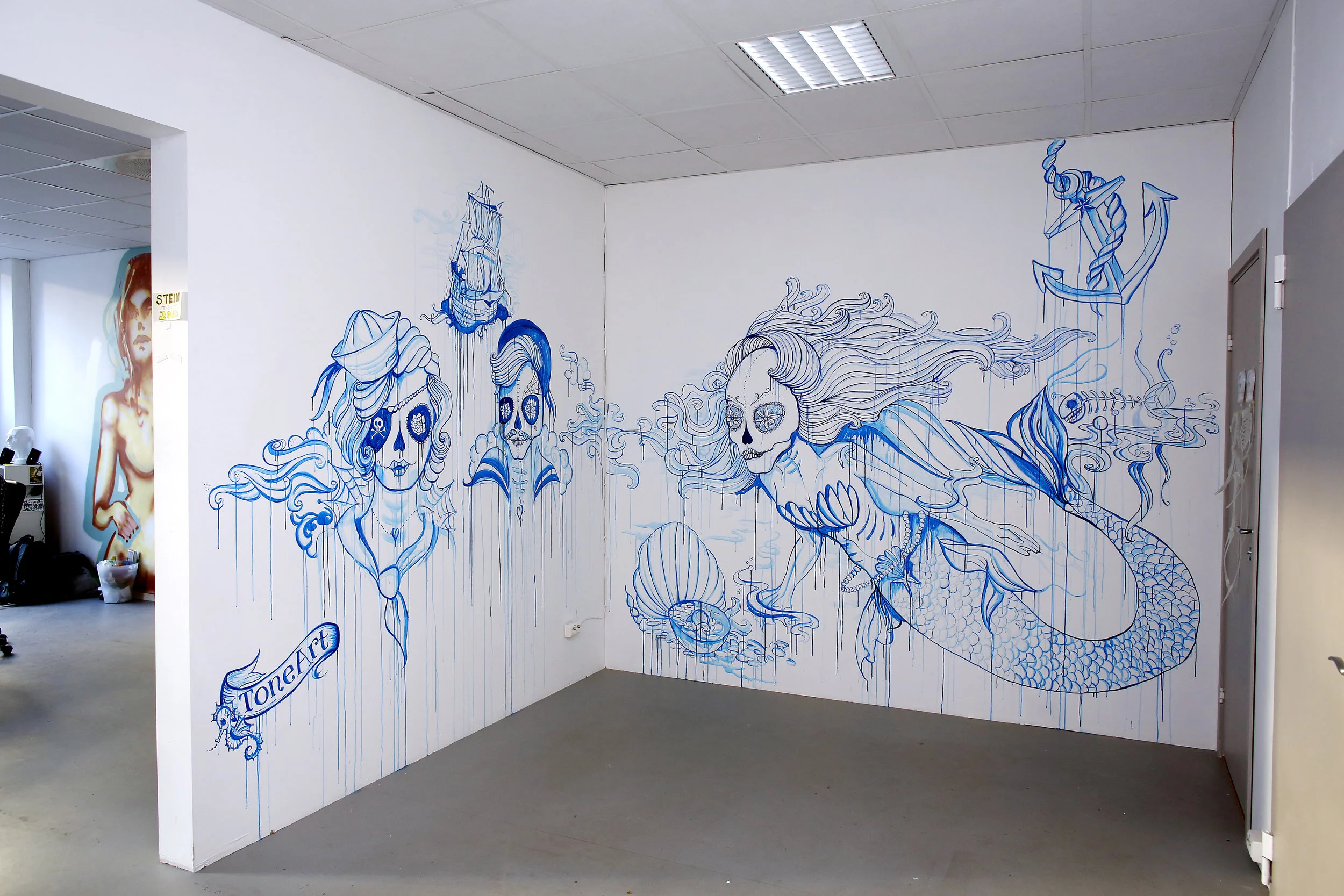
Blank Space Gallery
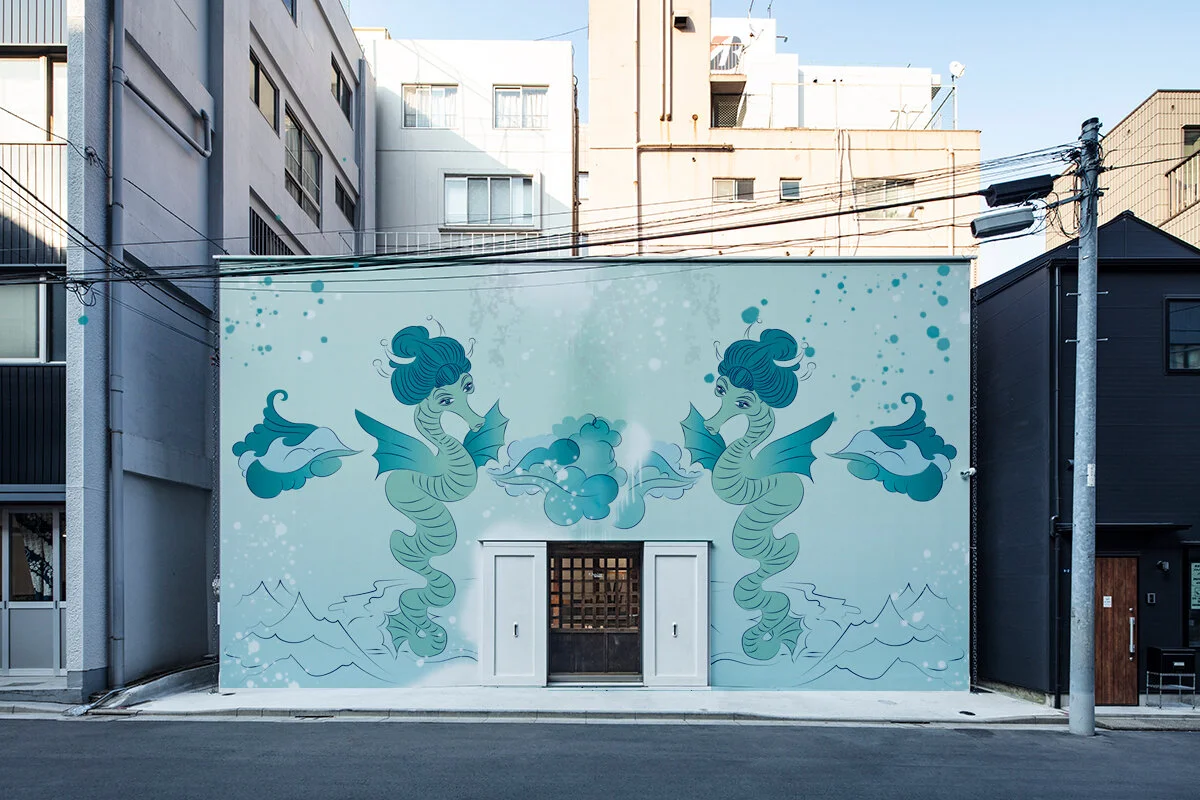
Seamonsters
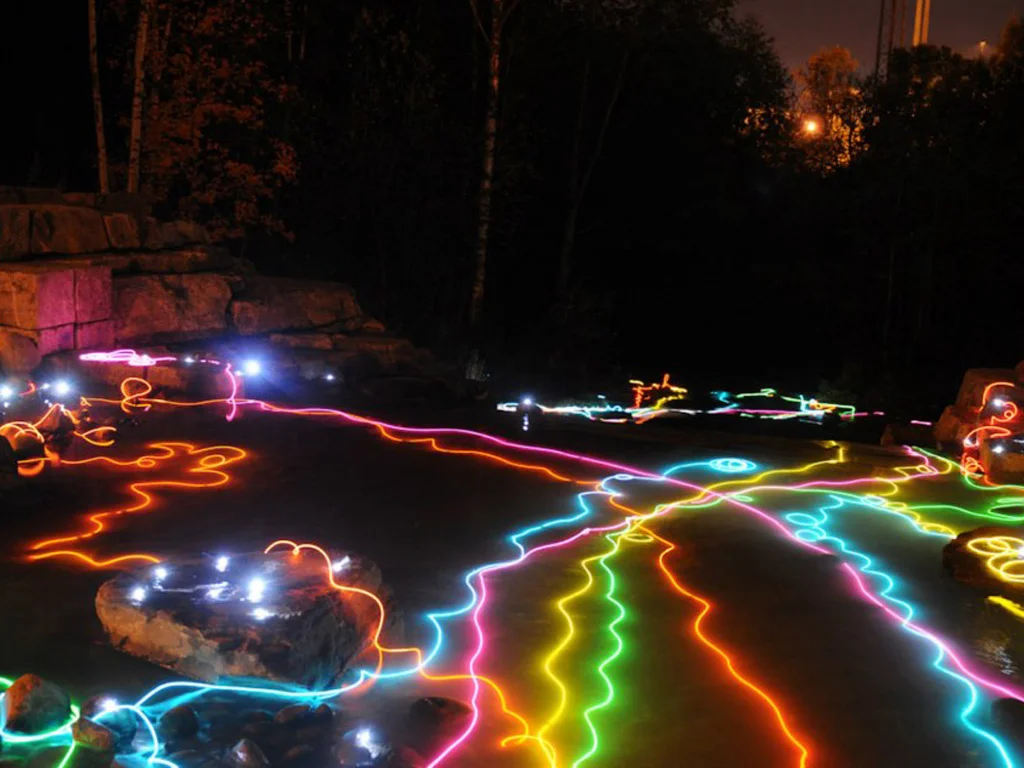
Fairytales by the river Alna/Eventyrlige Alnaelva

Slipstream longboards design
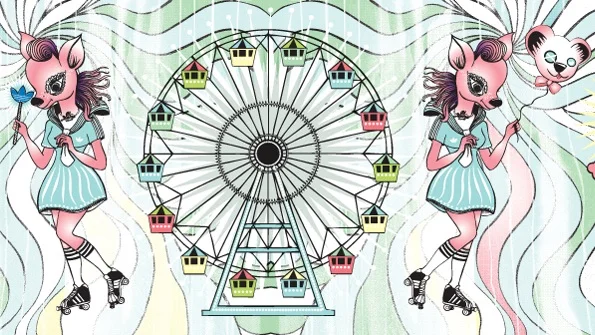
Adidas Originals White Space illustrations
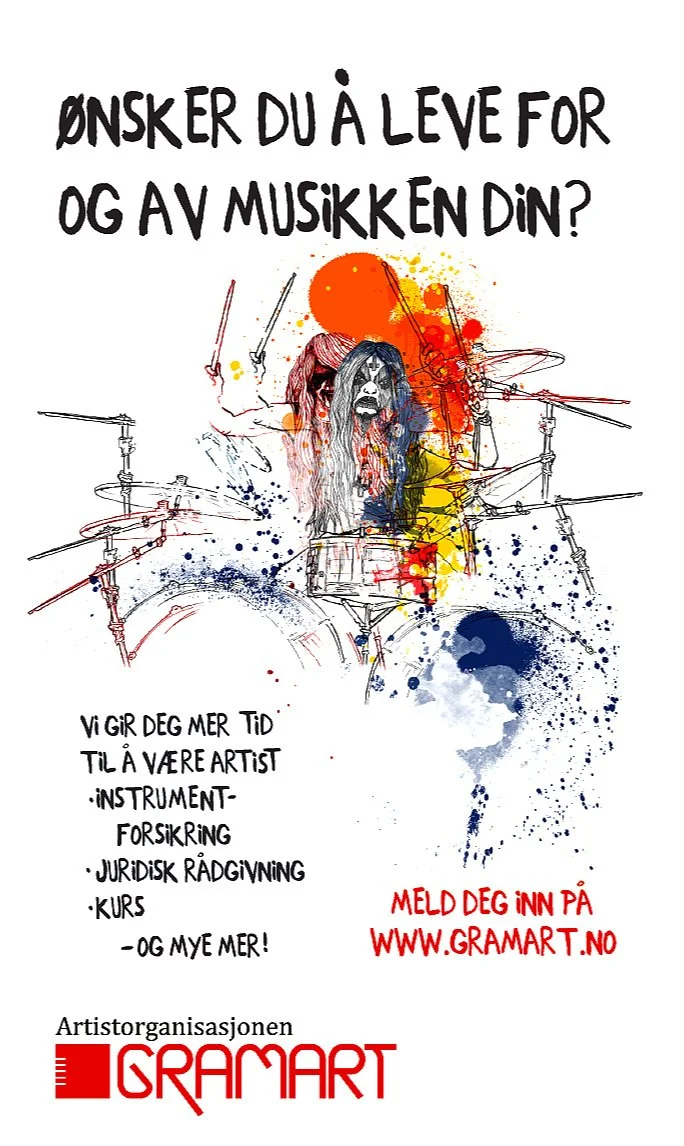
Artistforeningen Gramart

Sketchbook

Artshop

What are you doing here?

Atelier

Prints for sale

